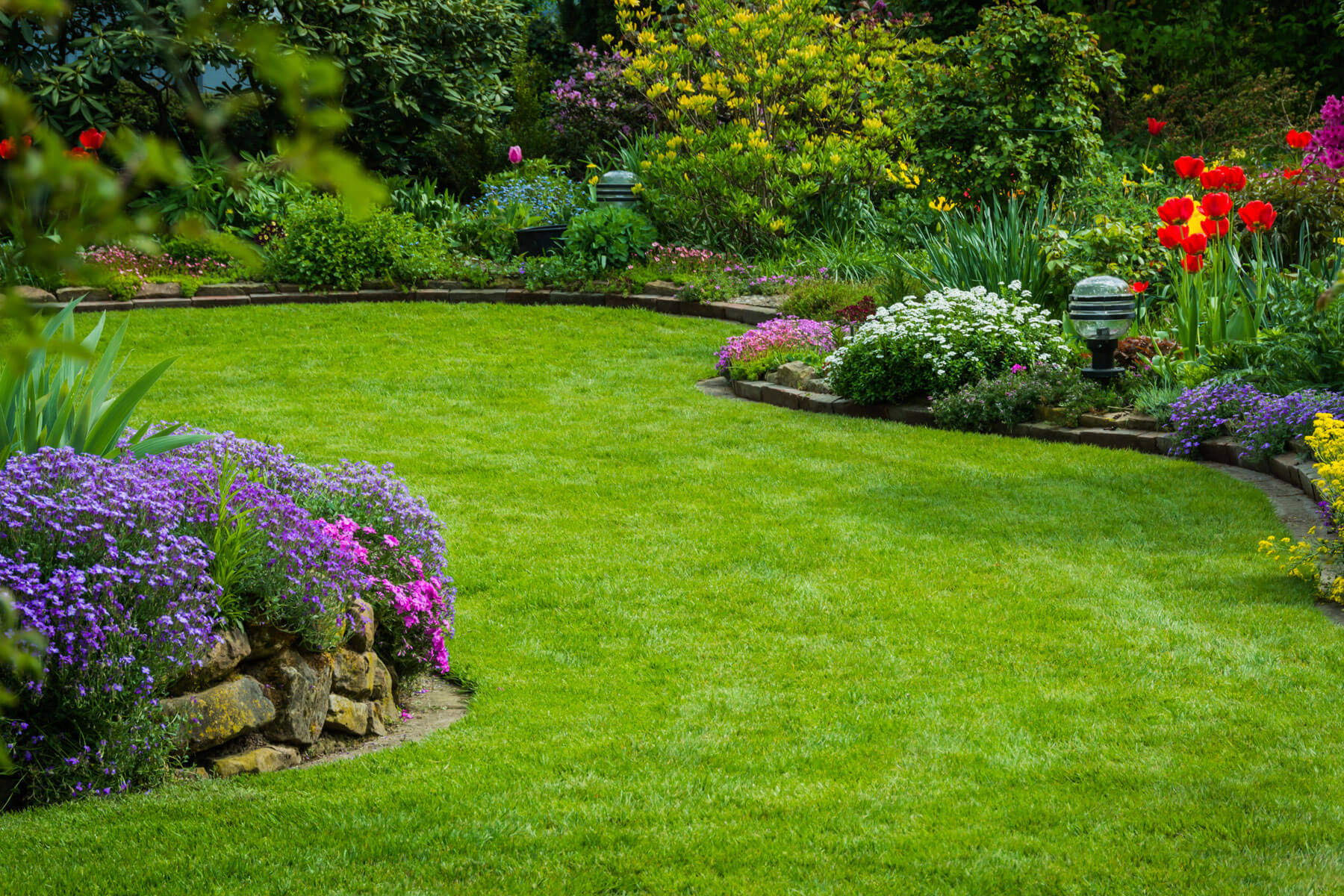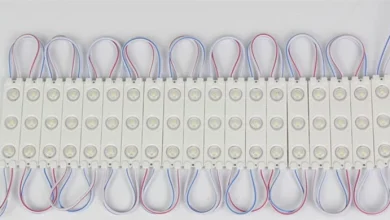Landscaping is more than just planting flowers or laying sod—it’s the art and science of transforming an outdoor area into a beautiful, functional space. Whether you have a sprawling backyard, a small garden, or a front yard that needs curb appeal, landscaping allows you to enhance the visual appeal and usability of your property. This ultimate guide explores every aspect of landscaping—from foundational design principles to practical maintenance tips and creative ideas to inspire your next project.
Understanding the Basics of Landscaping
Landscaping encompasses a wide range of practices including gardening, construction, irrigation, and outdoor design. It involves both softscape elements like plants, grass, trees, and flowers, and hardscape elements like stone pathways, fences, decks, patios, and water features.
A well-landscaped space balances aesthetics and function. It reflects the homeowner’s style, complements the architecture, and enhances the usability of the outdoor area. Whether you’re going for a formal garden or a relaxed rustic vibe, successful landscaping always starts with a plan.
Key Principles of Landscape Design
Effective landscape design is guided by several core principles that ensure visual harmony and functionality.
Unity and Balance
Unity is about consistency in design—using similar materials, shapes, or colors to create a cohesive look. Balance refers to how elements are distributed across the space. Symmetrical balance creates a mirror-like layout, often seen in formal gardens, while asymmetrical balance uses varied elements to achieve a more natural look.
Proportion and Scale
Proper scale ensures that all elements—plants, structures, and décor—fit together without one overpowering the other. A small garden should avoid large trees or wide patios, while a large backyard can accommodate multiple focal points and outdoor rooms.
Rhythm and Repetition
Repetition of colors, textures, or shapes helps tie different areas of your yard together. Rhythm is created by strategically placing elements to guide the eye across the space—like a row of shrubs or repeating flower beds.
Focal Points and Transitions
Focal points draw attention and add personality to your landscape. These can be a water feature, sculpture, or even a standout plant. Transitions help move from one section to another smoothly, often through changes in texture, color, or elevation.
Planning Your Landscape Design
Planning is the foundation of any successful landscape project. Start by analyzing your yard’s layout, lighting, soil type, and existing features. Take note of areas that receive full sun, partial shade, or remain damp. Map out any slopes, trees, fences, and utilities.
Next, define your goals for the space. Do you want an entertaining area, a kids‘ play zone, a private retreat, or a productive vegetable garden? Understanding your lifestyle needs will influence your plant choices, layout, and materials.
Sketch out a design or use landscape design software to create a visual layout. Divide your yard into functional zones and establish clear pathways for movement. Plan for drainage, irrigation, and lighting systems early in the design phase to avoid costly revisions later.
Choosing the Right Plants
Plant selection is one of the most exciting parts of landscaping, but it should be guided by both beauty and practicality. Always consider your climate zone, soil conditions, and the amount of light different areas receive.
Native plants are ideal because they require less water, adapt well to the local environment, and attract pollinators like bees and butterflies. Combine evergreen plants for year-round structure with flowering perennials and annuals for seasonal color.
Layer your plantings for depth and interest—tall trees in the back, medium shrubs in the middle, and low groundcovers or flowers in the front. Choose plants with varying bloom times, leaf textures, and colors to maintain visual interest throughout the year.
Incorporating Hardscape Features
Hardscaping adds functionality and structure to your yard. Elements like patios, decks, walkways, retaining walls, and water features help define spaces and create a finished look.
Select hardscape materials that complement your home’s exterior—natural stone for a rustic feel, concrete for modern aesthetics, or brick for a traditional charm. Use gravel paths, wooden borders, or concrete slabs to separate different zones and create visual order.
Consider adding outdoor kitchens, fire pits, pergolas, or seating walls to expand your living space outdoors. Make sure all hardscape features are built on a solid foundation and comply with local building codes.
Lighting for Safety and Ambiance
Outdoor lighting not only highlights your landscaping at night but also increases safety and security. It allows you to enjoy your yard after sunset and sets the mood for gatherings and relaxation.
Use pathway lights to illuminate walkways and prevent tripping. Spotlights can highlight trees, sculptures, or architectural details. String lights or lanterns add a cozy touch to patios and seating areas. Consider solar-powered lights for energy efficiency or low-voltage systems for greater control and customization.
Lighting should be layered and subtle. Avoid harsh or overly bright fixtures that can disrupt the ambiance. Think in terms of glow, not glare.
Landscaping Maintenance Essentials
Once your landscape is installed, consistent maintenance is key to keeping it healthy and attractive. Maintenance tasks vary by season and plant type but generally include watering, pruning, fertilizing, mulching, and pest control.
Mow your lawn regularly and at the correct height to encourage healthy growth. Use mulch around trees and flower beds to retain moisture and reduce weeds. Prune shrubs and trees to remove dead branches and shape their growth. Apply organic compost or fertilizers to replenish nutrients and promote vigorous blooms.
Inspect your irrigation system for leaks or blockages and adjust watering schedules based on the season. Early morning watering is ideal to reduce evaporation and prevent fungal diseases.
Sustainable Landscaping Practices
Sustainability in landscaping helps conserve resources and minimize environmental impact. Incorporating eco-friendly practices can also save you time and money in the long run.
Reduce your lawn size by replacing turf with native grasses, groundcovers, or hardscapes. Install a rain barrel to collect water for irrigation. Choose permeable paving materials to reduce runoff and improve soil health.
Plant drought-tolerant species that thrive with minimal water. Encourage biodiversity by planting a variety of flowers, herbs, and shrubs that attract birds and beneficial insects. Avoid chemical pesticides and use natural alternatives or integrated pest management strategies.
Creative Landscaping Ideas for Inspiration
There are countless ways to make your outdoor space unique and inviting. Try mixing different textures like smooth stone, rough bark, and soft moss for visual interest. Add raised beds or vertical gardens for small spaces or urban yards.
Incorporate edible landscaping by mixing herbs, vegetables, or fruit trees with ornamental plants. Create a sensory garden with fragrant flowers, rustling grasses, and colorful blooms.
Add a Zen corner with gravel, bamboo, and a small water fountain for relaxation. Design a wildlife-friendly habitat with bird feeders, butterfly bushes, and a shallow water dish for pollinators. Use bold colors or sculptural plants to make a statement.
Seasonal décor can also keep your landscape feeling fresh—pumpkins and hay in fall, fairy lights and evergreens in winter, and tropical blooms in summer.
Bringing It All Together
Landscaping is a journey, not just a one-time project. The most rewarding outdoor spaces evolve over time, growing with your lifestyle and adapting to the changing seasons. By combining thoughtful design, sustainable practices, and creative expression, you can turn your outdoor area into a personal sanctuary that brings joy, relaxation, and pride.
Whether you’re starting from a bare plot or revamping a tired yard, landscaping offers endless possibilities. With the right planning and a little imagination, you can craft an outdoor space that’s both stunning and functional—your very own piece of paradise just steps from your door.




